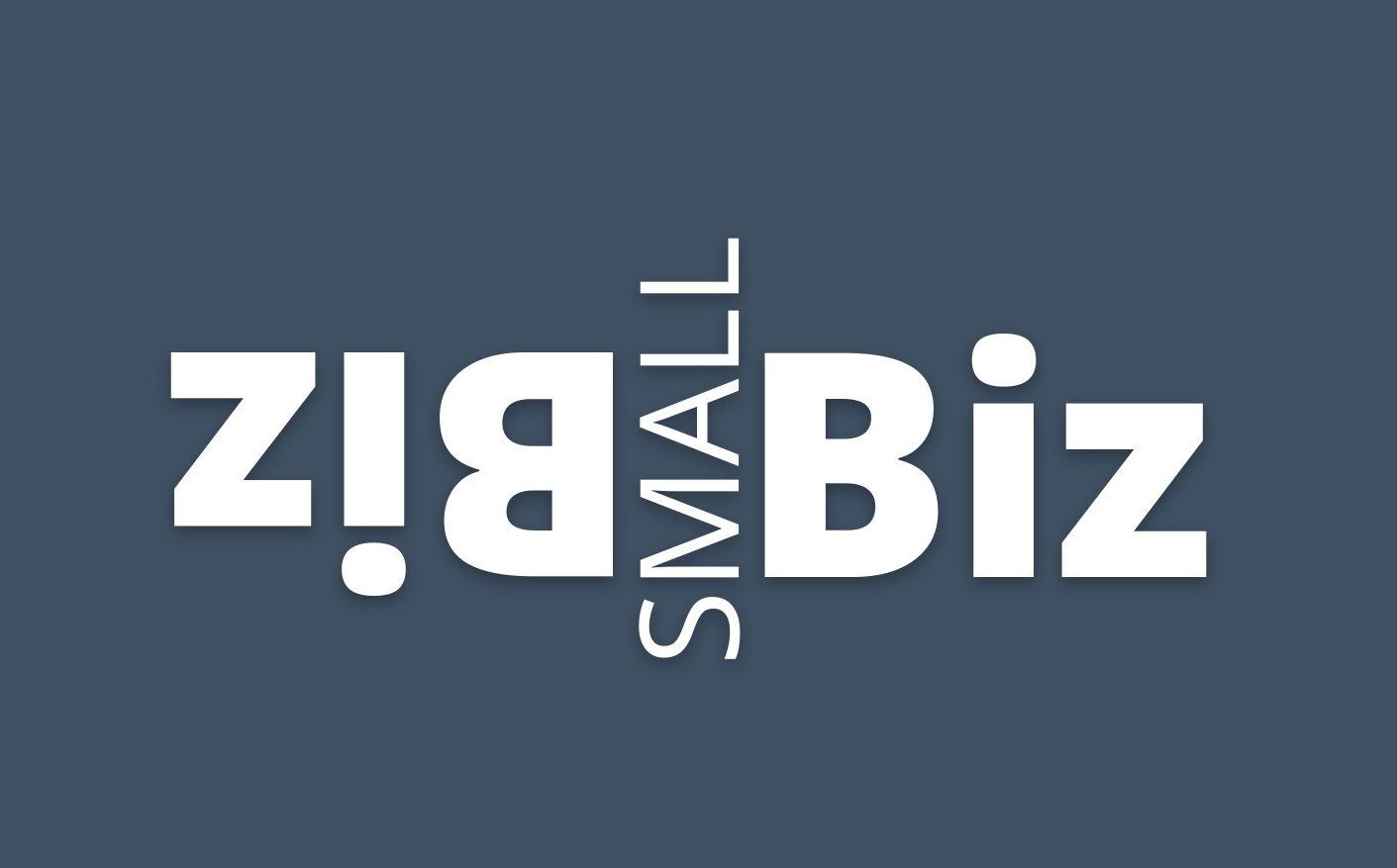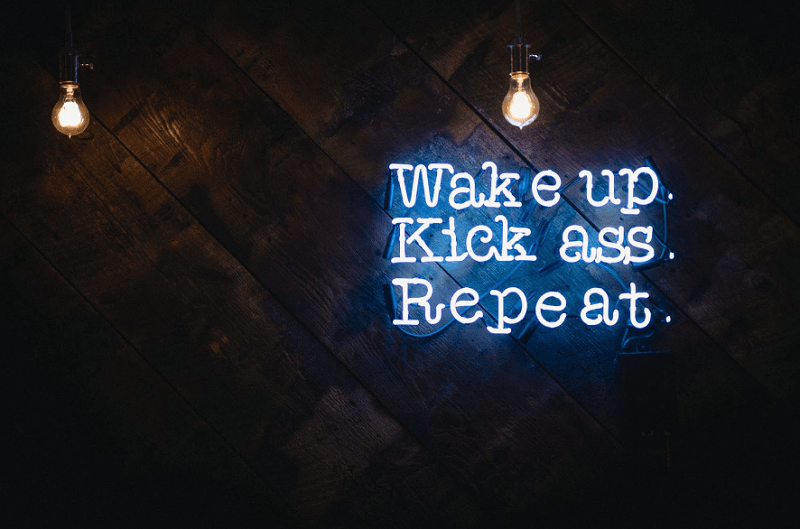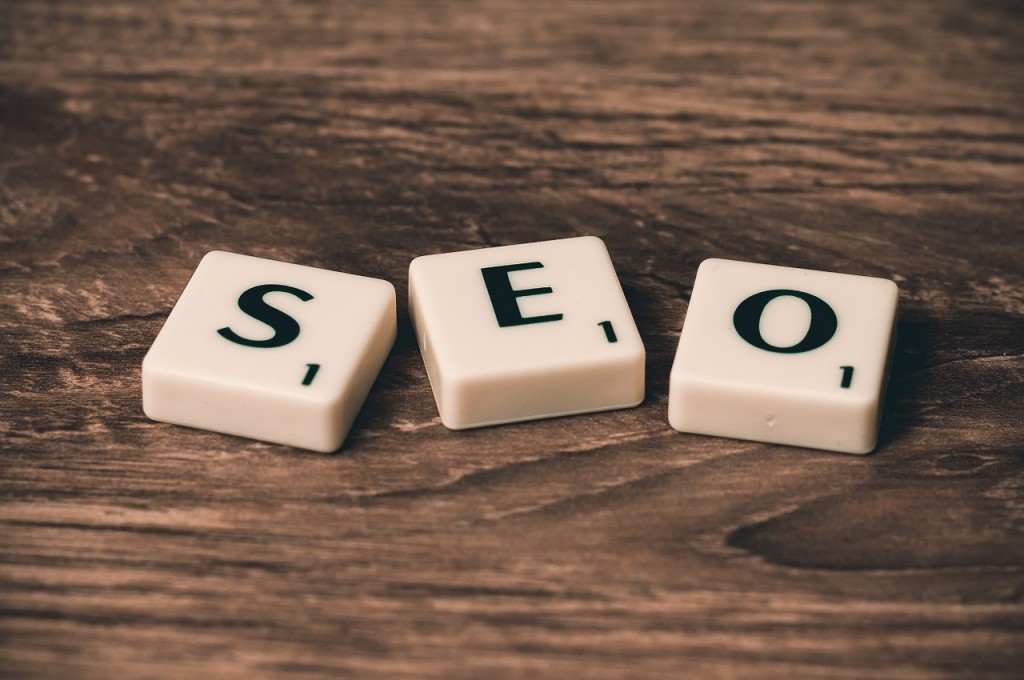First Impression, as crucial as it is, doesn’t always guarantee you a sale. As a matter of fact, 81% of all sales (both online and offline) take place on or after the fifth contact between a potential customer and a sales representative.
This percentage goes even higher with online businesses alone. Now you can imagine how many businesses you’re losing if you simply rely on the first contact with your visitors and never do enough follow-ups.
Nurturing a lead these days has become just as important as acquiring it in the first place.
To successfully convert visitors that resisted the initial offer you need to learn about the magic of follow-up marketing.
Why Follow-up Marketing Matters?
For many of you, it is not unusual to see a visitor come to your page, stay for some while, be very interested in your offer and make himself look like a sales opportunity for sure.
However, in most cases, things will not go the way you wish. A deal may never become a deal if no ‘push’ is made during the process, and this is where the reason why follow-up matters lie.
Follow-up is one of the strongest ‘pushes’ you can take advantage of in your sales and marketing activities. It is where all the revenue is.
The money hides in one of the several follow-up steps where you figure out a visitor’s needs and systematically build up a relationship.
Research has revealed that it takes 7 ‘touches’ on average to build a relationship, and for ‘online touches’, the number could rocket to as high as 16 times.
Both figures are carrying the same message, that is, don’t back out too early in any attempts to convert a visitor!

Types of Follow-ups
Basically speaking, there’re three types of people that should be included in your follow-up list, and each type requires a different follow-up method and customized message:
- Suspects. These are visitors that have come to your site but didn’t declare much interest in a certain offer. They are within your target marketplace, however, haven’t shown any trend of conversion. With these people, you need to encourage them to visit your sites more to increase the chances for them to develop a desire for your products or services.
- Prospects. These are visitors that have come to your site repeatedly and made a long stay on a certain page/block. They have entered the ‘evaluating stage’ for your offers and are ready to convert as soon as they found your products or services satisfying. With these people, you’ll want to convince them that your offer is the right one and create an ‘impulse’ for them to finish their first purchase as quickly as possible.
- Existing customers. As the name suggests, these are people who have bought something from your previously. They have been proven to have the buying ability and thus should be regarded as the most potential ones. With these people, up-selling and cross-selling will be smart choices, as well as referral requests.
Tools for Follow-ups
There’re traditional follow-up tools such as telephone, direct mail and one-on-one email, which have been working pretty well for a long period of time. However, in a tech era where we now live in, you may still need some new tricks to keep up with the world:
- Live chat. A live chat box is a portal through which you exchange messages with your visitors/customers. Unlike email, live chat is a real-time communication tool which offers you an opportunity to create ‘impulses’ for a potential customer, meanwhile much less pushy than a phone call. Advanced features like visitor monitor and auto invitation in this technology have made it a lot easier to do personalized follow-ups.
- Automated email. One-on-one follow-up and email reply sounds sweet, but for many of you, it is something that is going to worn out your employees. This is where automated email comes into play. A well designed and structured email marketing campaign can not only ensure in-time responds to your customers, but help to develop a sense of being valued for your customers.
- Ticket system. This is a simple but efficient tool to manage your customer queries through different channels. With a proper ticket software, you will be able to manage multiple email accounts, live chat transcripts, offline messages and web form messages at one place and track your communication with customers across multiple portals including phone call, email, live chat, helpdesk and web form.
In conclusion, follow-up marketing can be your magic to boost closing rate and improve customer satisfaction. With careful preparation and a pre-set process, everyone can create a successful follow-up system.
So what are you waiting for? Start to win more sales today with your own follow-up spell!















